A Noble Cause
Ways to move this show:
(1) an earthquake (2) an artificial earthquake: fill the gallery with people; at the count of three, everyone stomps their feet until the resin-covered canvas thread falls off the pedestal (3) a mosh pit
(4) touch each of the pieces quickly (but carefully) when you are alone in the gallery
(5) a fire!
(6) an art fire: light the resined canvas string and wait until the fire licks up the entire building; hold hands to form a circle around the building; sing and pray
(7) an unseen force: mysteriously curse the canvas string to fall off the pedestal
Statement:
I didn’t like mosh pits until I entered one. At first, it seemed chaotic and violent—all of the thrashing and crashing; the pit is full of people who slam their bodies about like comets colliding with one another. It is a form of play, a controlled disaster predicated on rhythm. For a short period of time, the rules are gone—it is truly violent, yet full of care: there will always be hands to help you up if you fall on the ground.
I am drawn to the idea of disasters, I guess in this context my definition of a disaster can be as mundane as a split hair, or as horrible as a volcano. Whatever it is, a mosh pit demonstrates a fun kind of disaster—a moment of self-annihilation that pulls you out of everyday boredom. To me, it is a space of cushioned disorder, or loss-of- order in a protected scope.
I am also interested in portraying monumental architectures and their contradictory nature. It’s almost cute when we assume monuments to stand/live longer than us—that might be true, but they still won’t be around forever. Monuments decay too, even with their grand scale and labor. I like the self-congratulatory feeling that monuments invoke in us; it feels like they elude time, or dwell at the edge of it. Conversely, when we encounter ruins-porn (monuments that have collapsed or sustained decay), we are disillusioned upon witnessing its ephemerality against our common fantasy of a dignified permanence. We experience a contradiction between what the monument has become (a ruins), and what it should have been (a trophy). One day disaster will come, and everything goes back to dirt.
(Edited by steven chen)
Installation View (before mosh pit):
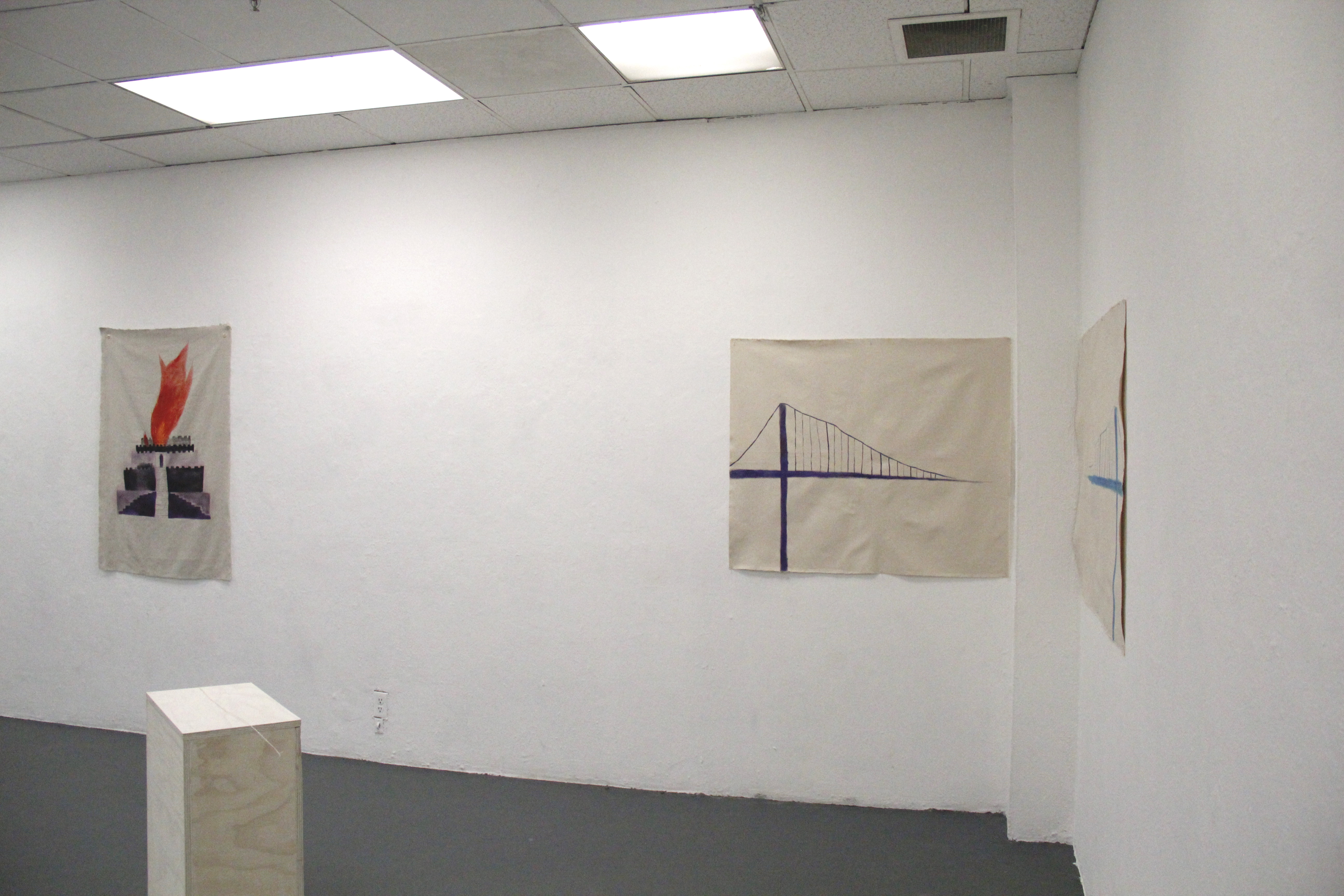

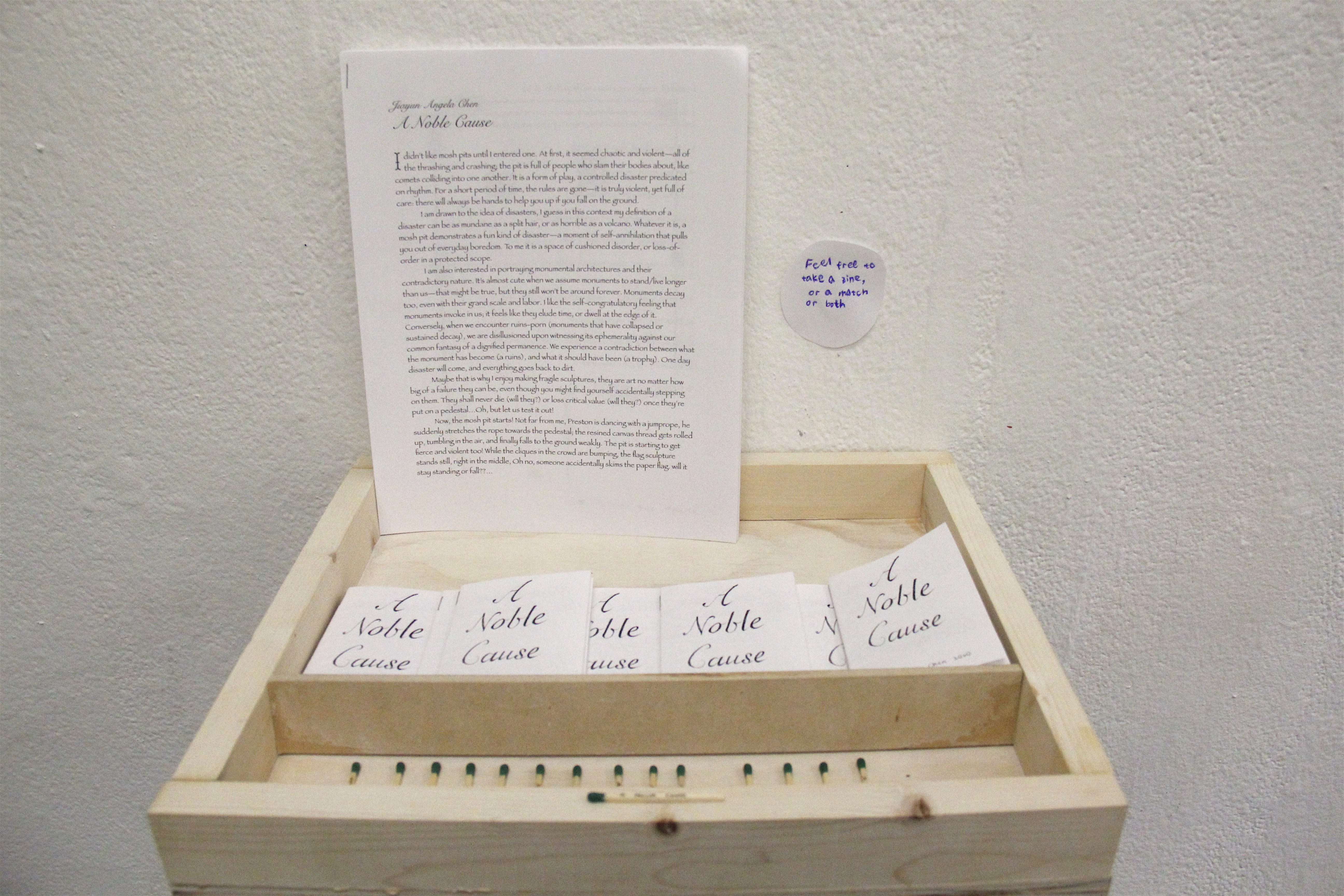
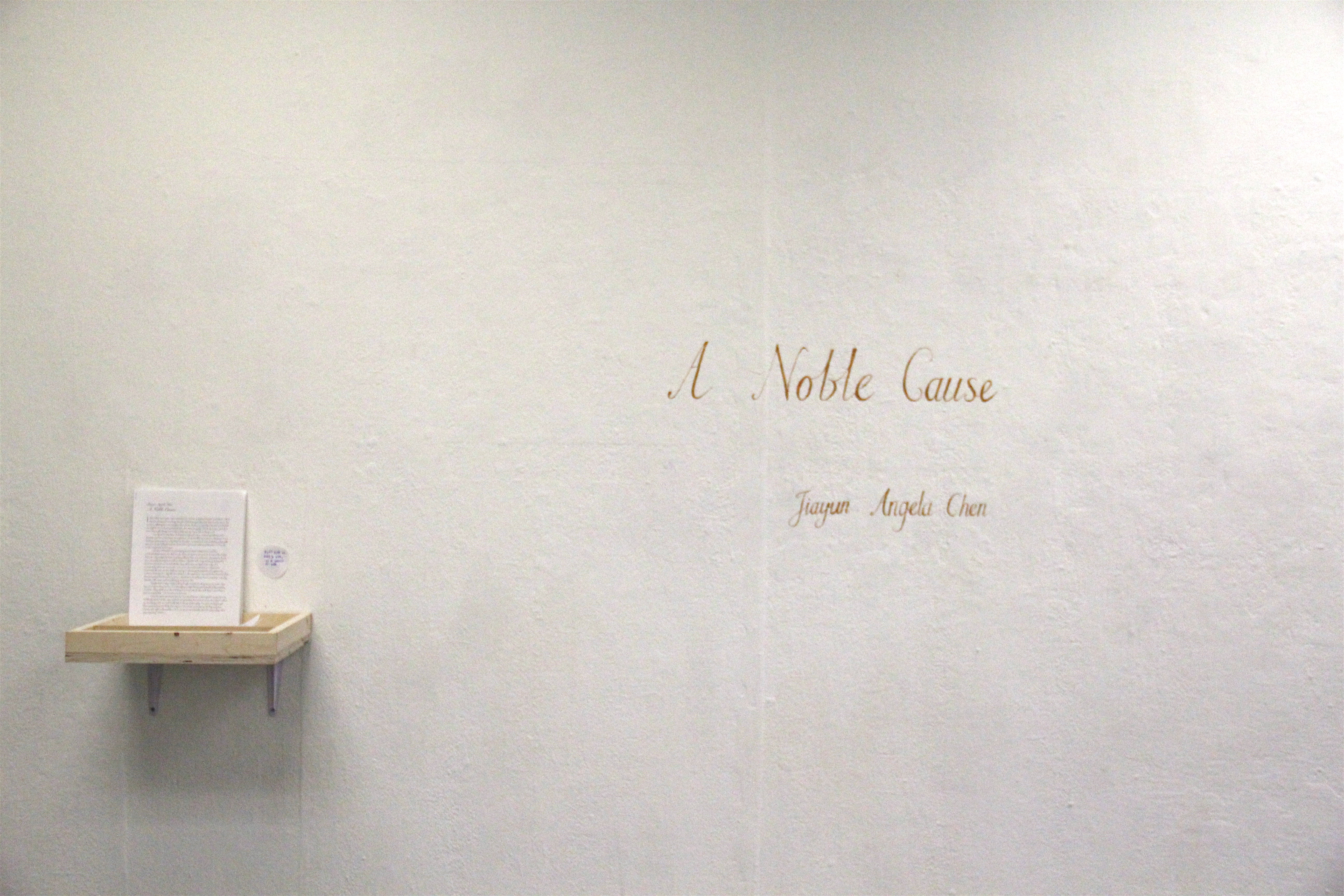

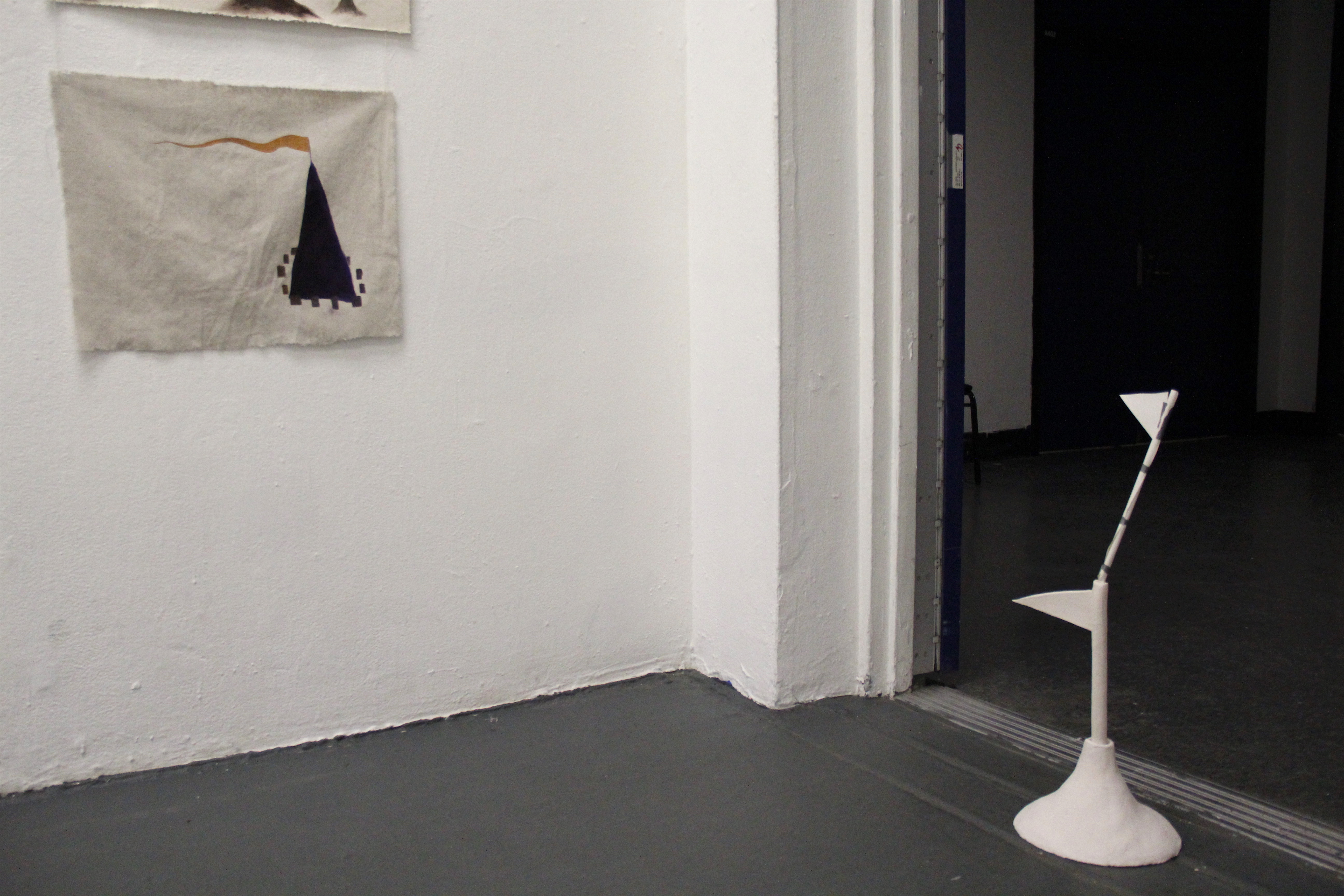
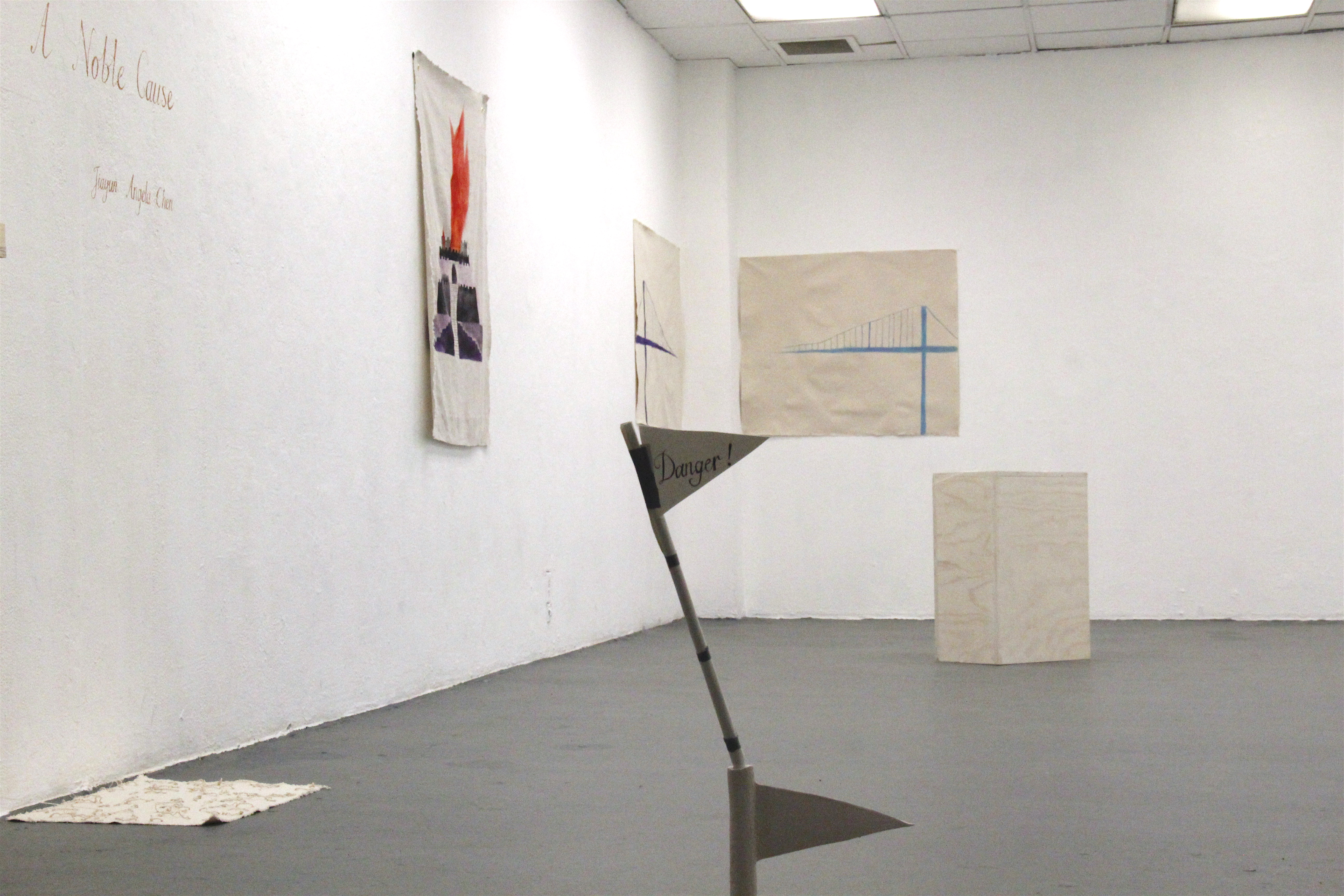
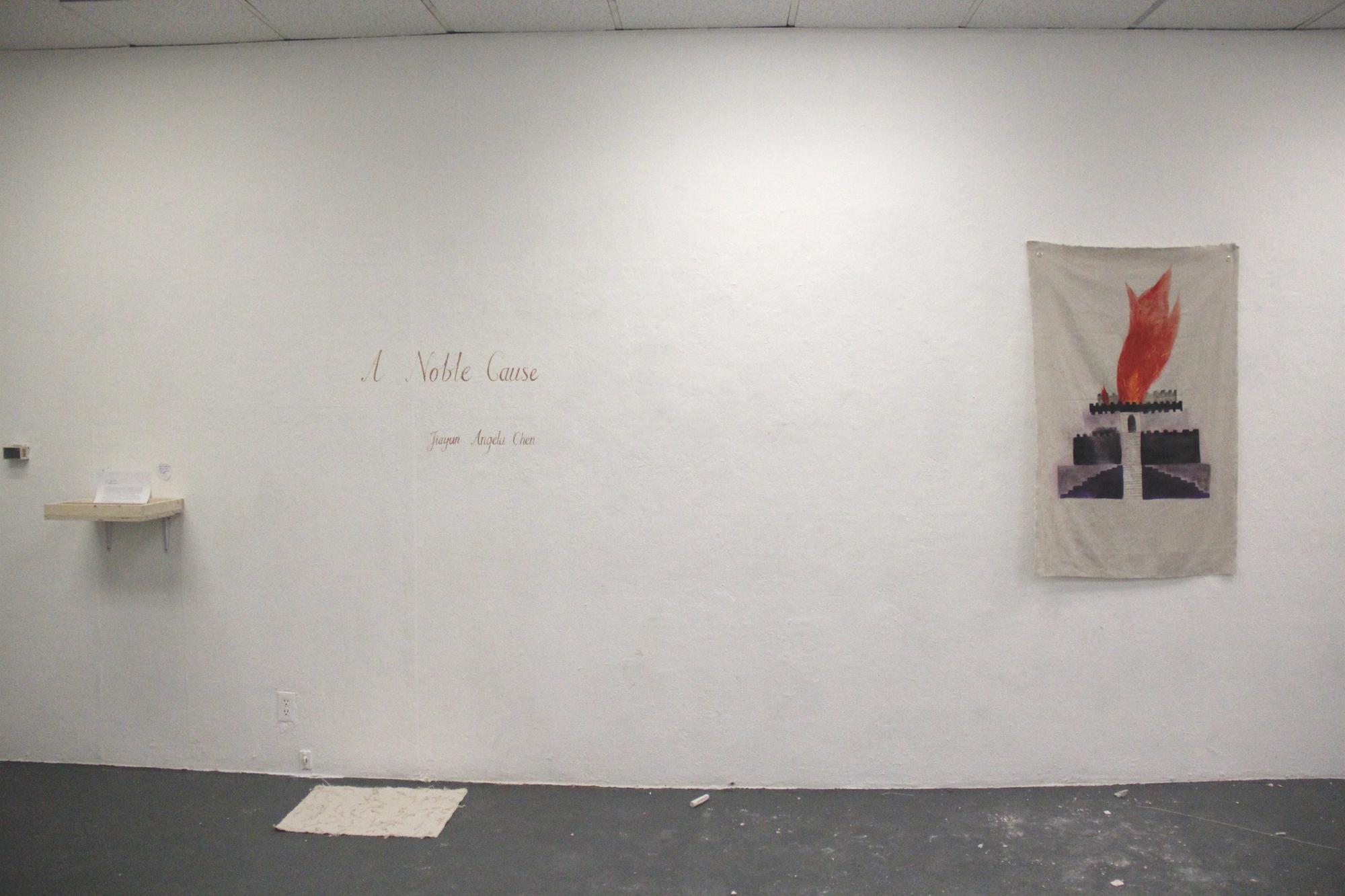
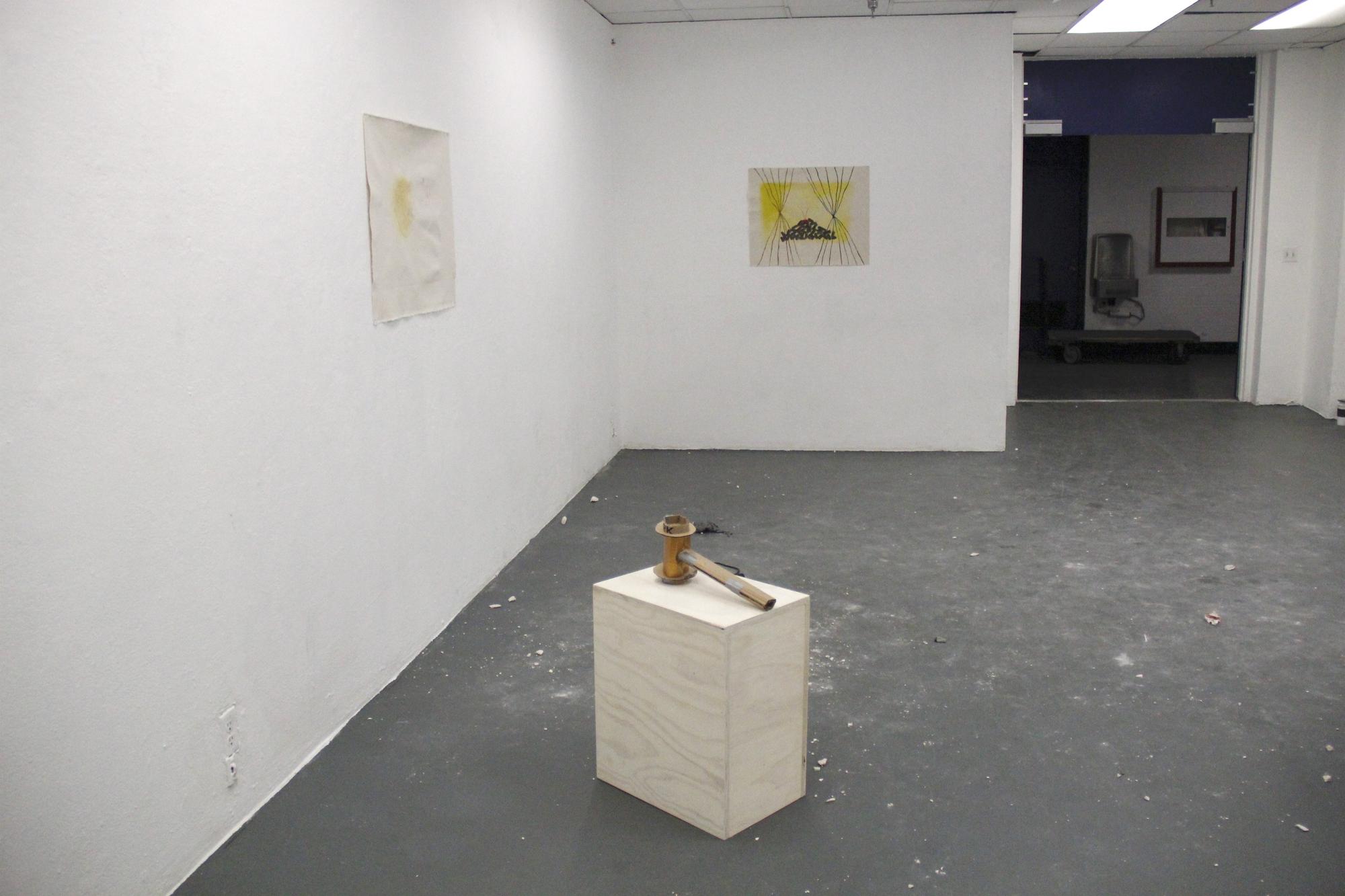

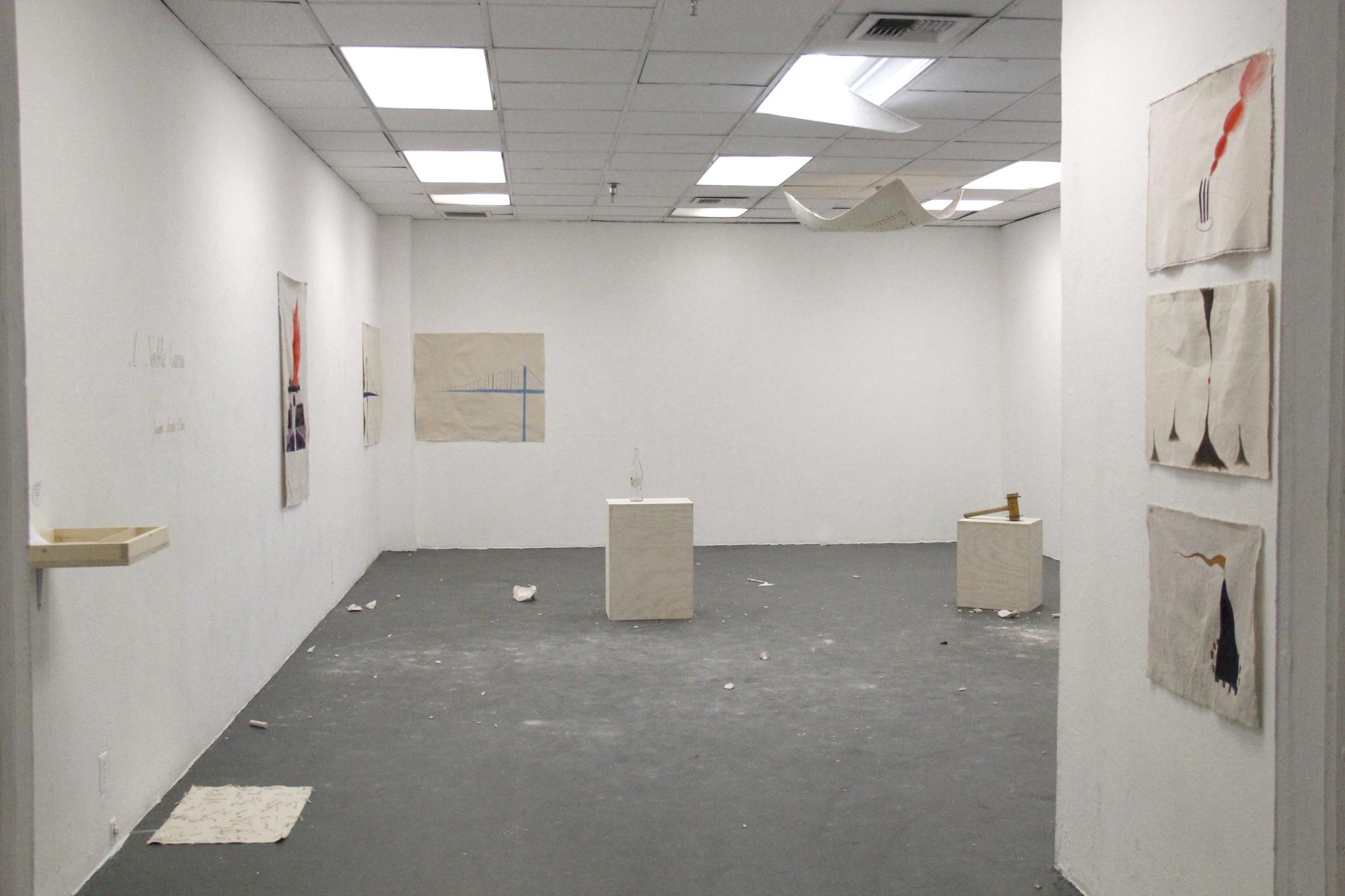
Individual Works:
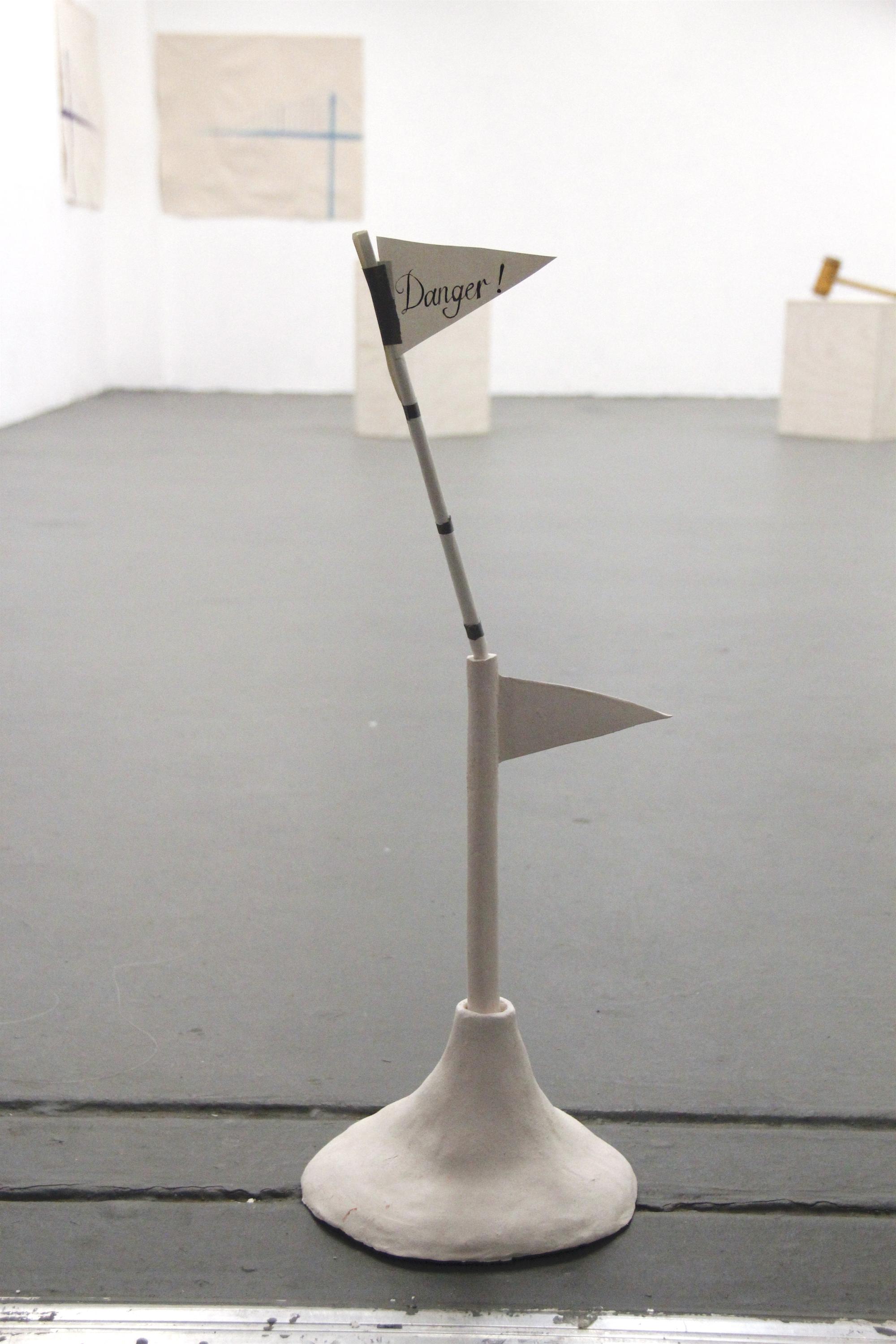
Paper, ceramic, duct tape and acrylic paint
2020
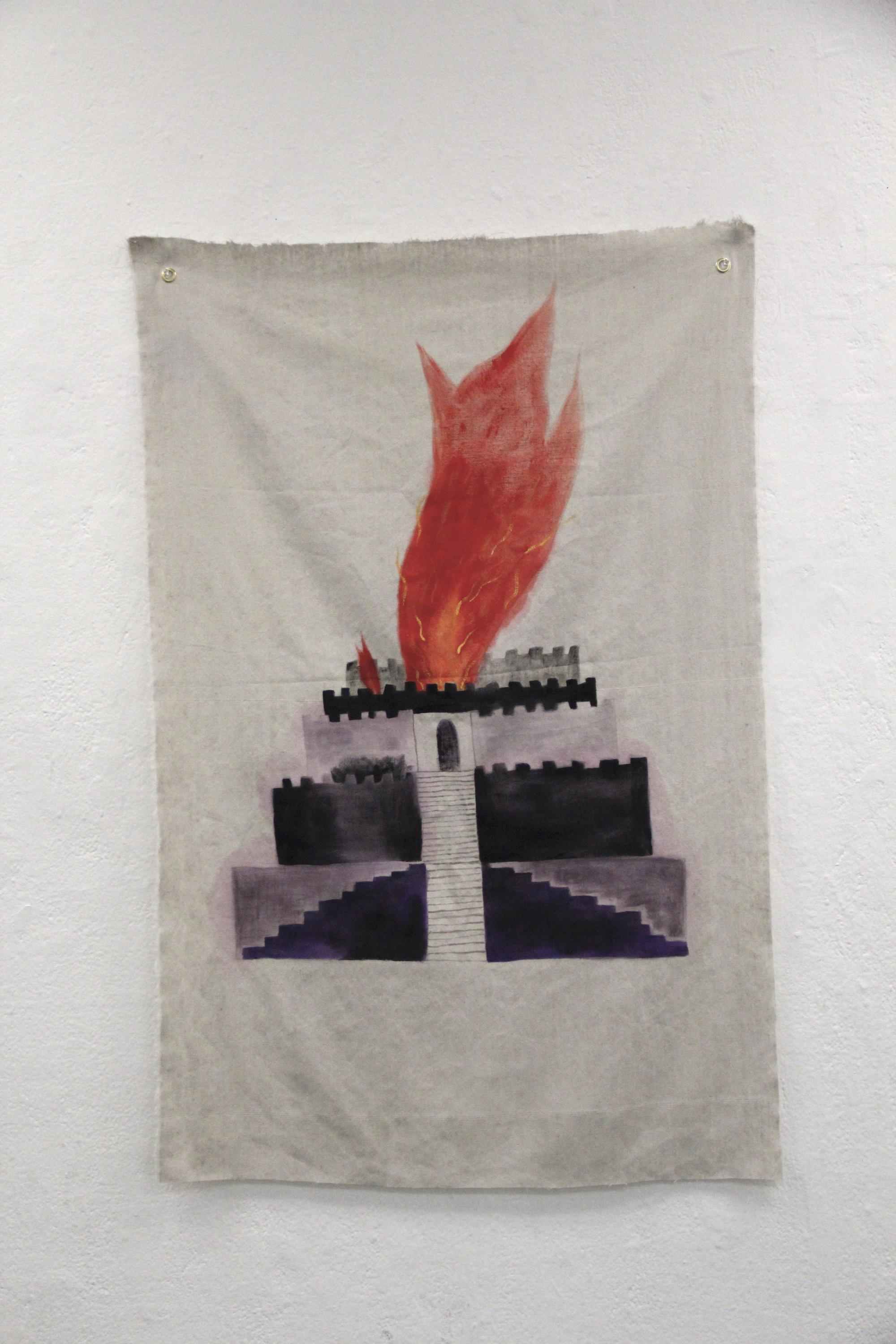 A Fire!
A Fire! Acrylic on drop cloth
2020
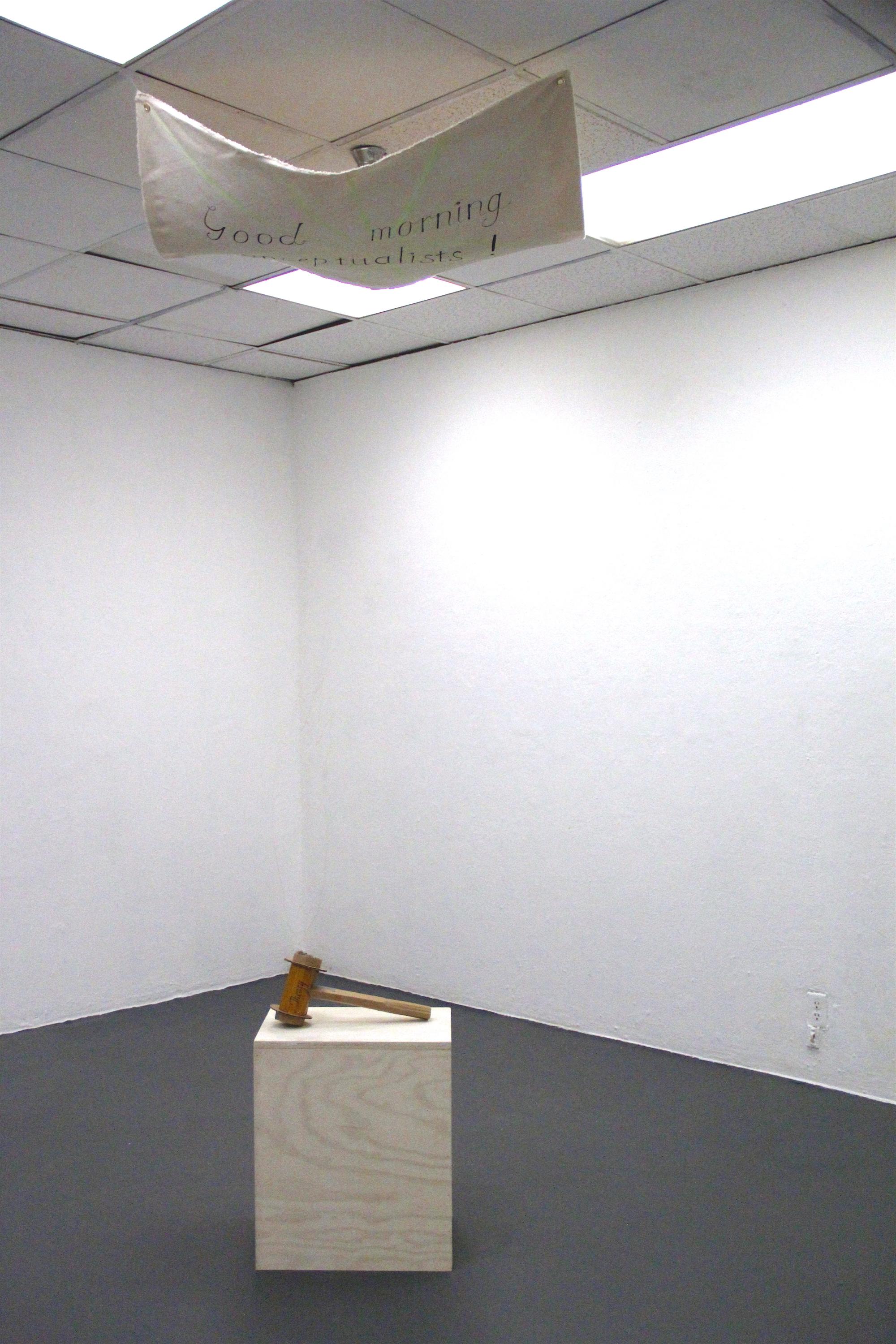
Good Morning Conceptualists! (top)
Theory Hammer (bottom)
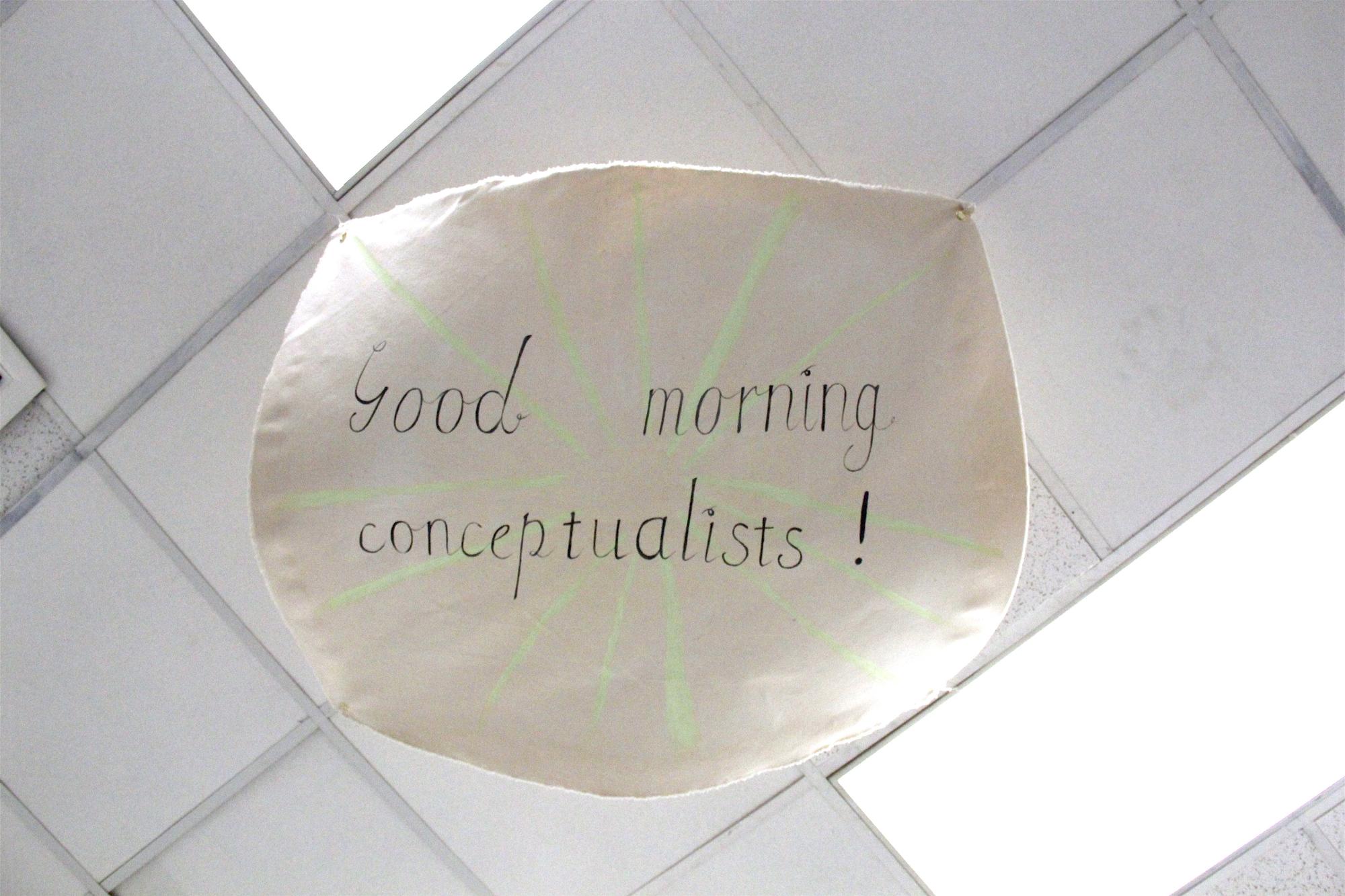 Good Morning Conceptualists!
Good Morning Conceptualists! Acrylic on canvas
2019
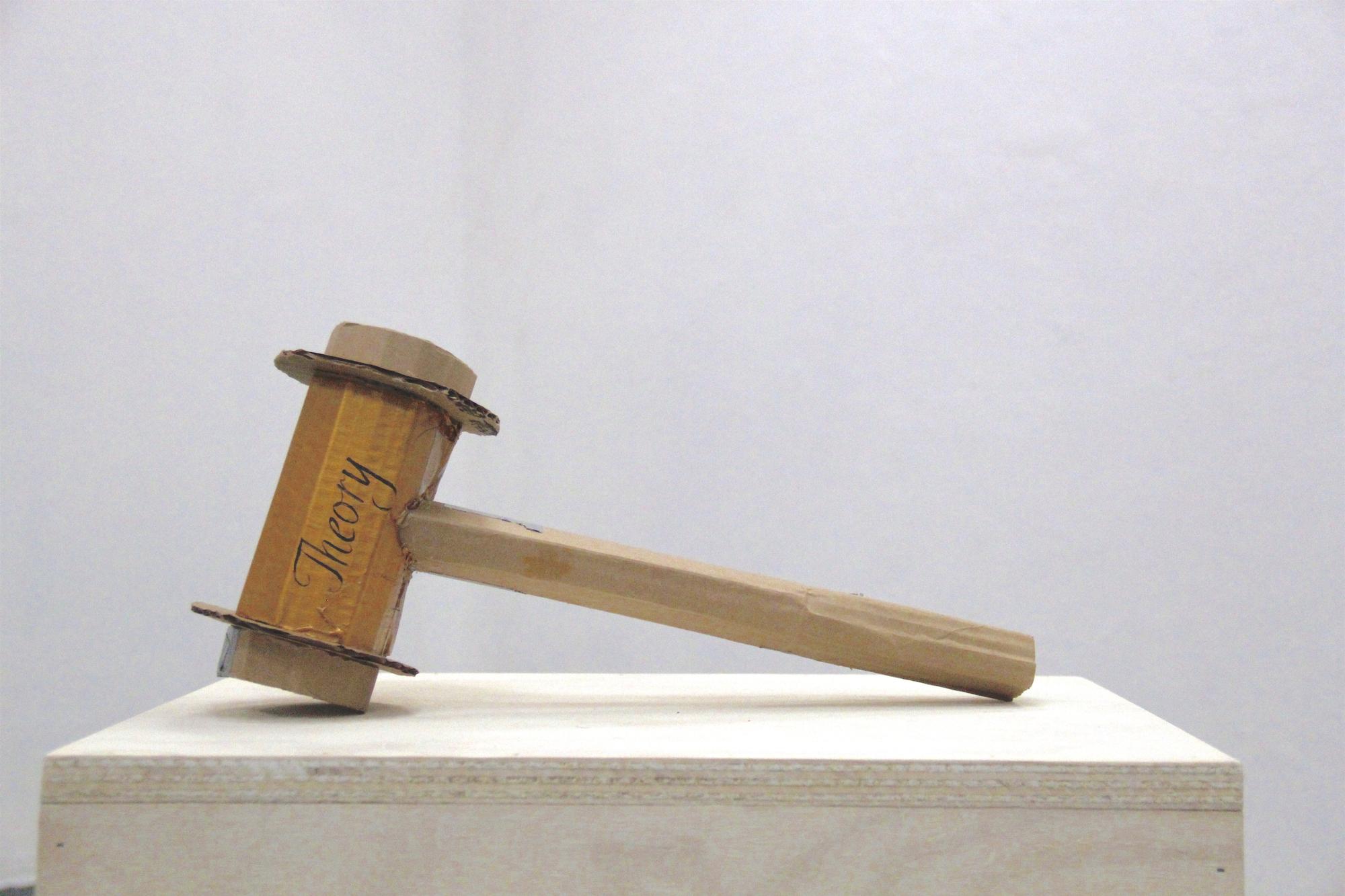 Theory Hammer
Theory Hammer acrylic paint on cardboard, duct tape,
courtesy of Adam Farcus
2020
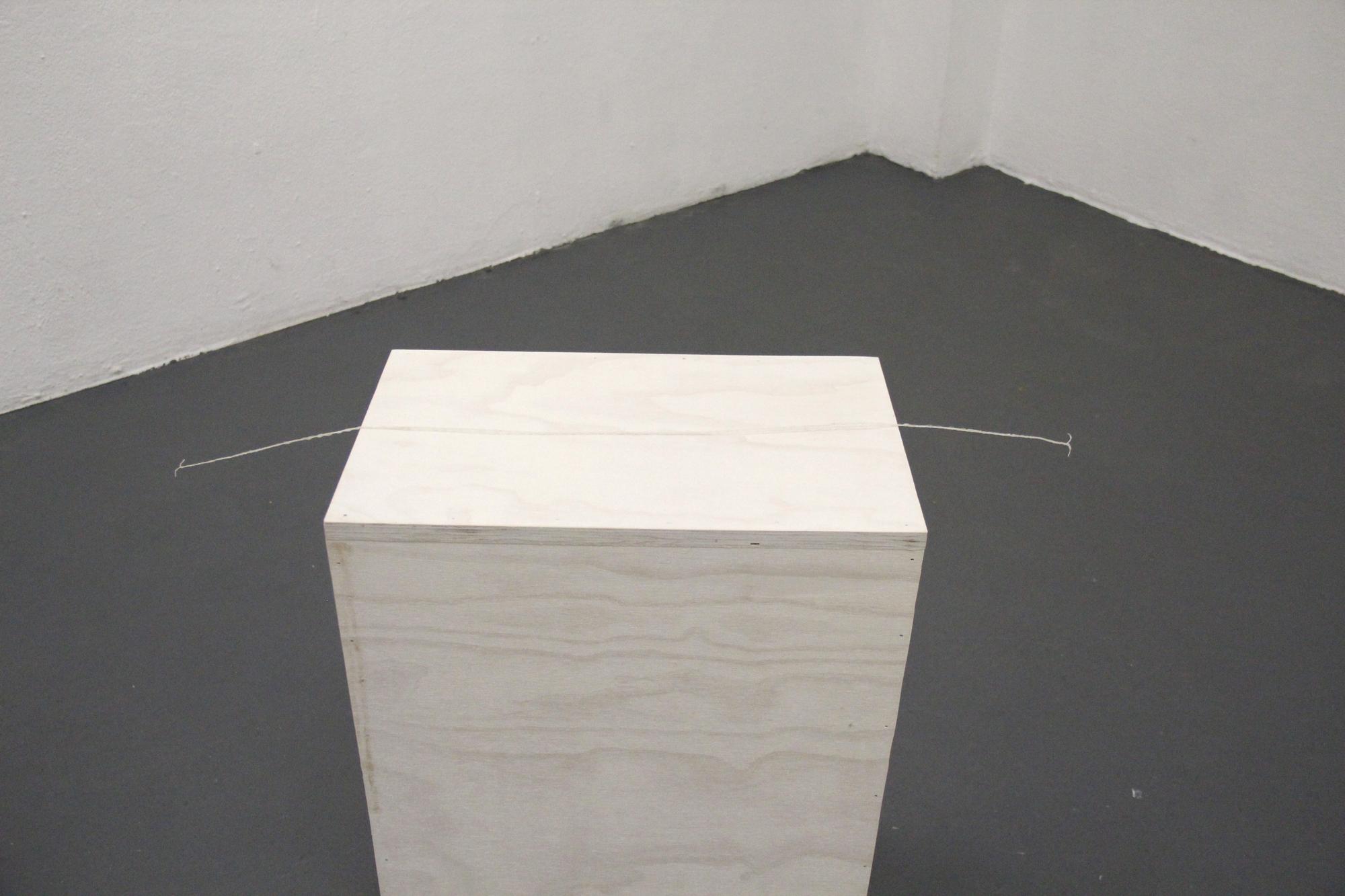 Almost an Invisiable Painting
Almost an Invisiable Paintingcanvas thread, resin
2020

Almost an Invisiable Painting (detail)
canvas thread, resin
2020
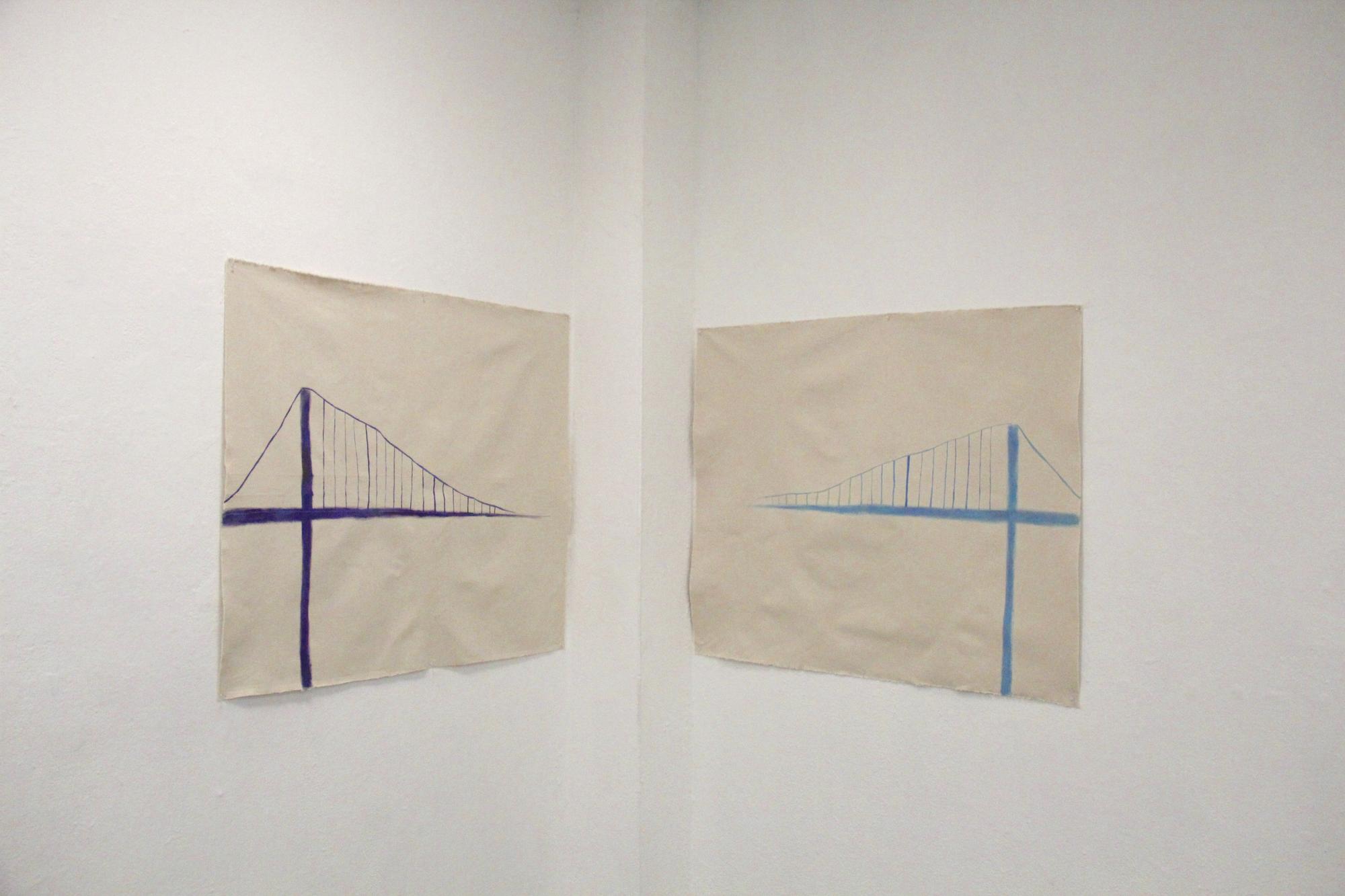 Bridge
Bridge Acrylic on canvas
2019
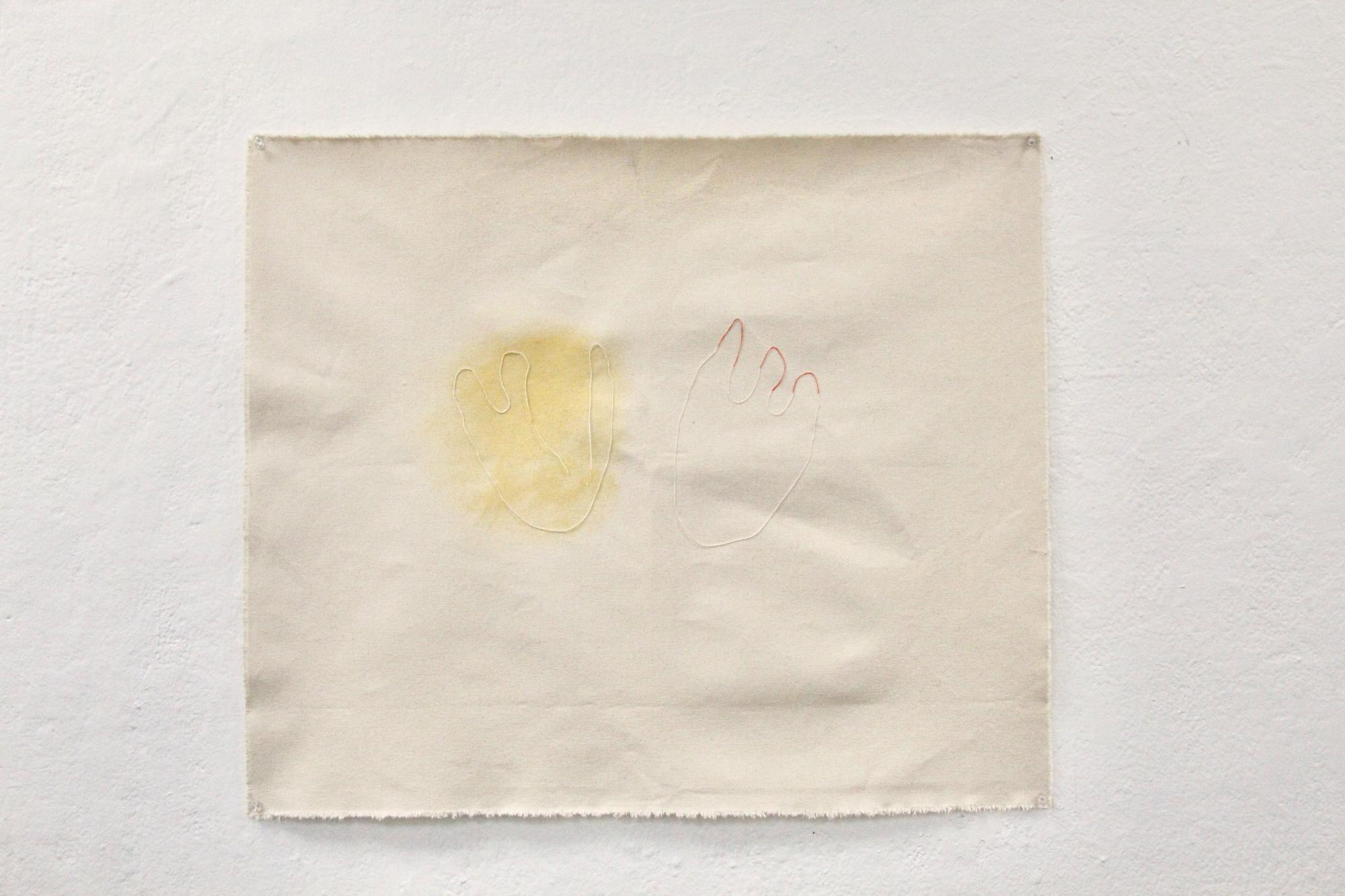 Untitled (foot,fire)
Untitled (foot,fire)Acrylic and canvas thread on canvas
2019
 Volcano
VolcanoAcrylic on canva
2019
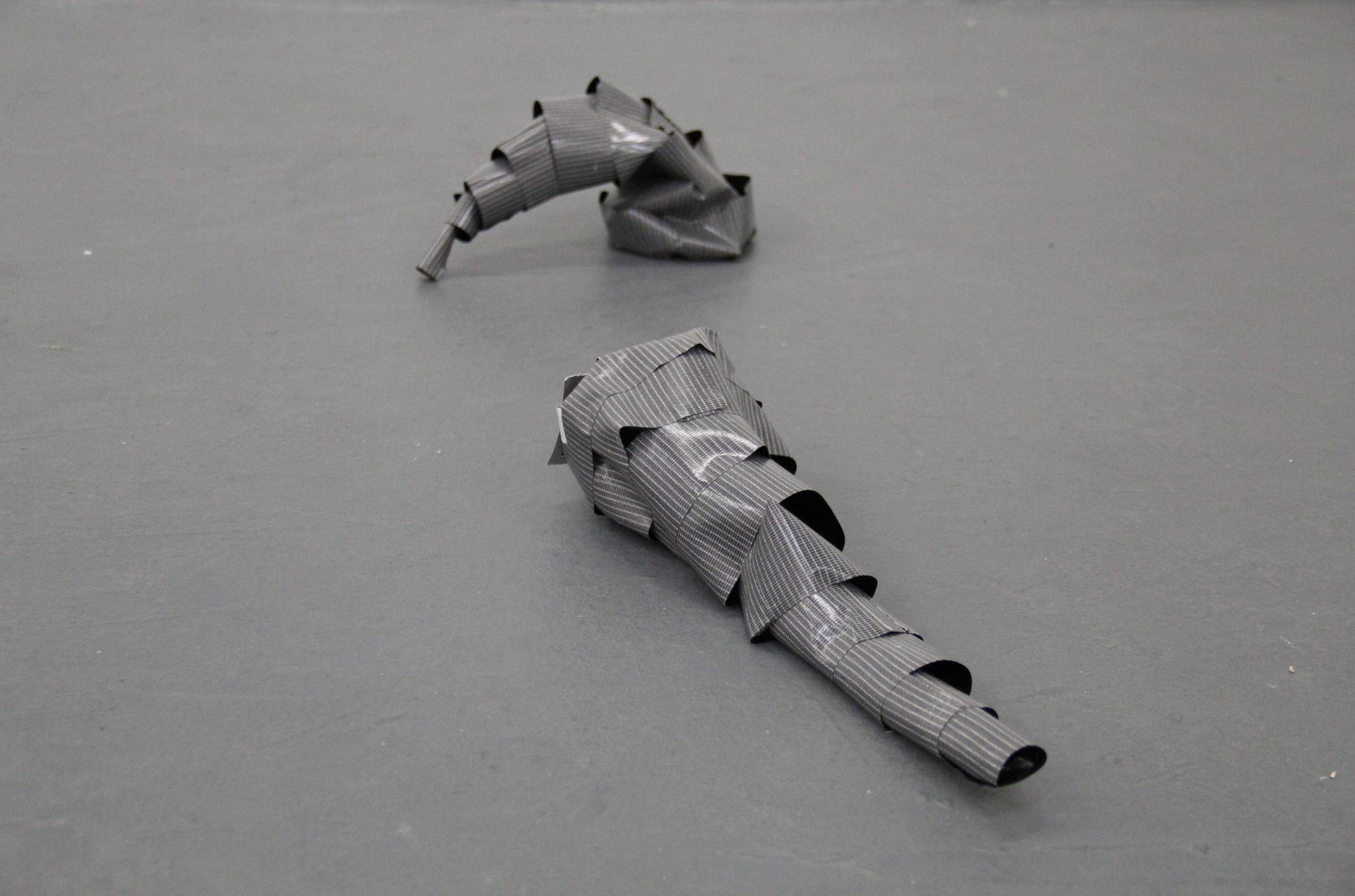 Duct Tape Tower
Duct Tape TowerDuct tape
2020
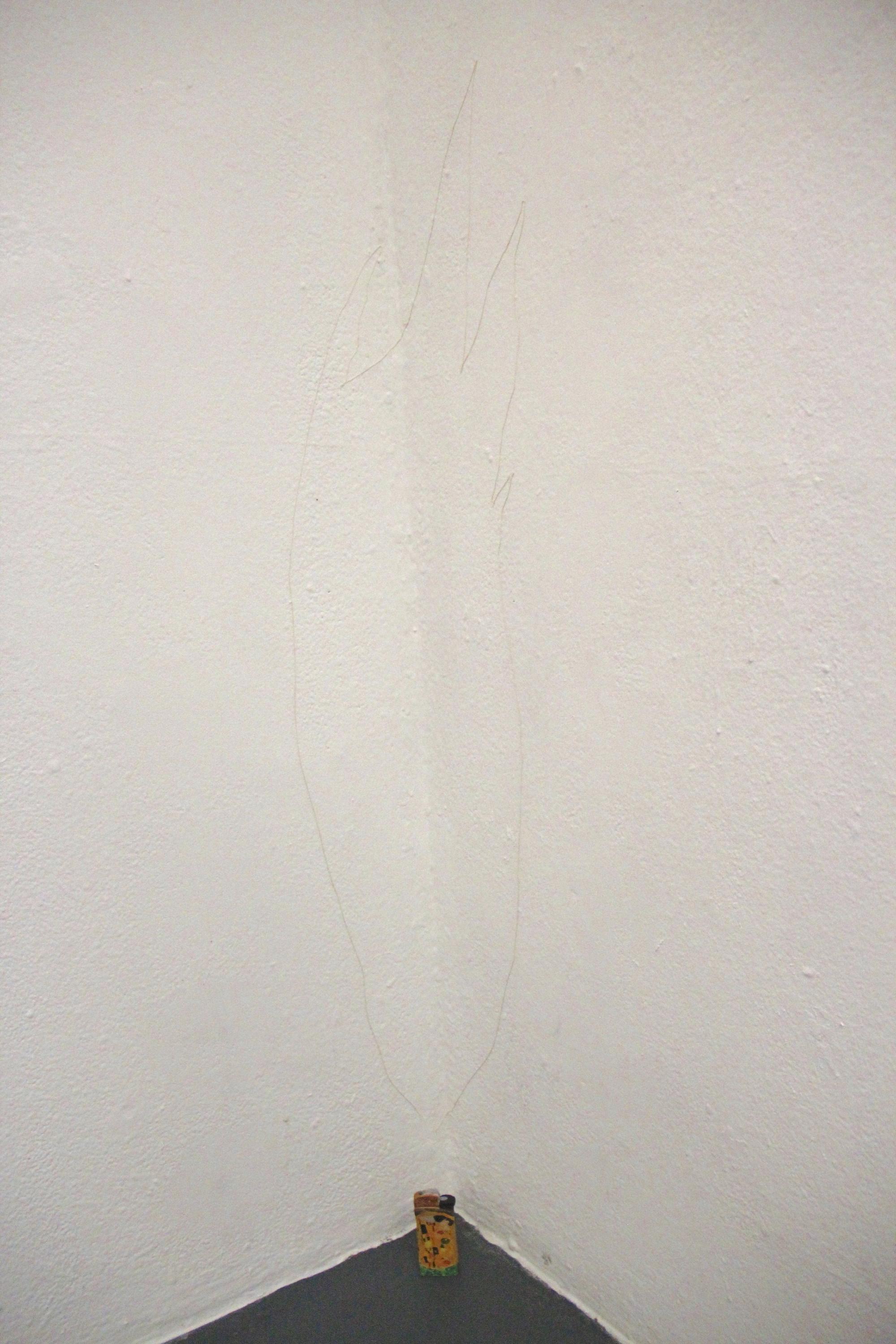
Kiss-Fire
acrylic on ceramic
canvas thread, glue
2020
 Kiss-Fire (detail)
Kiss-Fire (detail)acrylic on ceramic
canvas thread, glue
2020
 Untitled
Untitled Acrylic on canvas
2020
 Welcome Mat
Welcome Mat Canvas threads on canvas
Courtesy of Julia Chai, steven chen,
Lecia Dole-Recio, Michael Ned Holte, Dane Nakama, Raven Russell, Shirley Tse
2020
 Welcome Mat (detail)
Welcome Mat (detail)